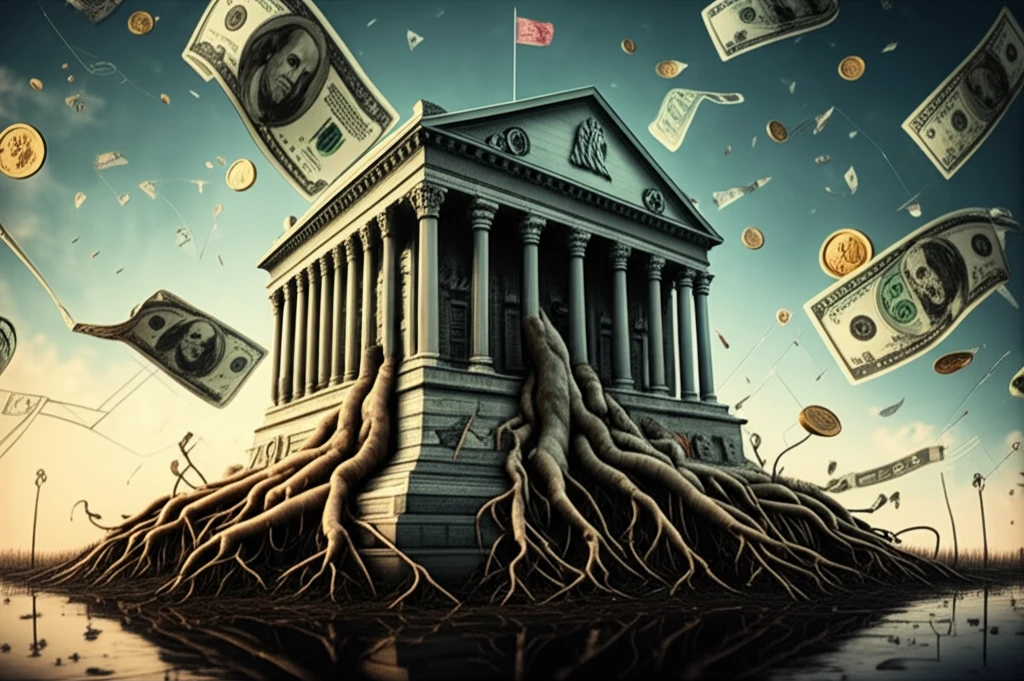
Decoding Monetary Policy: How Central Banks Impact Your Financial Future
"Uncover the surprising ways monetary policy affects asset prices and your investment strategy. Learn how to navigate the financial landscape with confidence."
Monetary policy, often perceived as a topic reserved for economists and financial experts, plays a far more significant role in our daily lives than many realize. It's the silent force shaping the financial landscape, influencing everything from the interest rates on our mortgages to the prices of goods and services we purchase.
Central banks, like the Federal Reserve in the United States or the European Central Bank in Europe, wield considerable power through their monetary policy decisions. These decisions, which involve managing the money supply and credit conditions, can have profound effects on asset prices, inflation, and overall economic stability. Understanding the basics of monetary policy is, therefore, essential for anyone seeking to navigate the complexities of modern finance and make informed decisions about their financial future.
This article aims to demystify monetary policy, breaking down the key concepts and exploring the surprising ways in which central bank actions impact asset prices and, ultimately, your financial well-being. We'll delve into the traditional theories, examine alternative perspectives, and provide you with the knowledge to understand and respond to the ever-changing economic climate.
The Standard View: How Monetary Policy Supposedly Works

Traditional economic models suggest that monetary policy influences the economy through a series of interconnected channels. Central banks manipulate short-term interest rates, which in turn affect longer-term rates, borrowing costs, and overall credit availability. These changes are then transmitted through the economy, influencing investment decisions, consumer spending, and ultimately, inflation.
- Increased (or Decreased) Demand: Central banks can directly influence the demand for financial assets by buying or selling them. For example:
- Bonds: A central bank might purchase short-term government bonds, injecting money into the economy and pushing short-term interest rates lower.
- Stocks: In some cases, central banks might even buy stocks to try to boost prices and increase the money supply.
- Indirect Influence: Central banks can indirectly influence demand by affecting the behavior of companies and individuals:
- New money entering the economy can increase the balances of individuals and companies, leading to greater demand for financial assets.
- Changes in Interest Rates: Central banks directly influence interest rates, which affect financial assets:
- Bonds: When interest rates decrease, the value of fixed-income assets like bonds tends to increase.
- Stocks: Lower interest rates can reduce the cost of capital and the discount rate, increasing the present value of future cash flows and making stocks more attractive.
A New Perspective: The Total Demand Approach
The "total demand approach" offers a different lens through which to understand the impact of monetary policy. This perspective emphasizes that the price of an asset is determined not only by the supply and demand for it in the market but also by the "reservation demand" – the demand by current owners to hold on to the asset rather than sell it. This approach suggests that monetary policy can influence asset prices even without directly changing the money supply.
